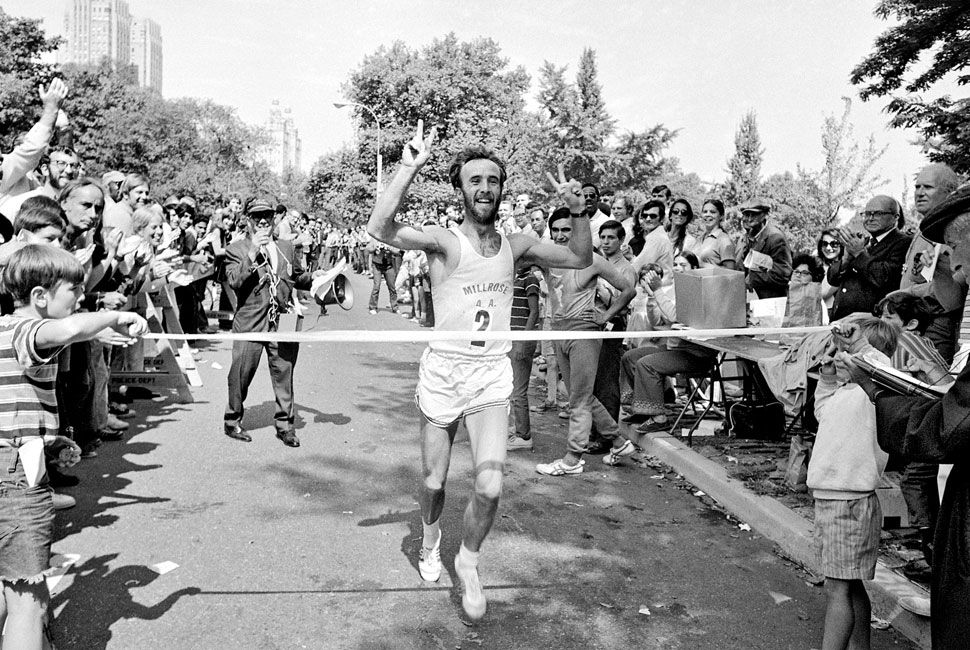In the marathon origin story, Pheidippides runs from Marathon to Athens to deliver a message of victory and then promptly dies. We’ve come a long way since 490 BC, and today most people run marathons to compete, challenge themselves physically or raise money for charity — and they rarely kick the bucket at the end. But they’re sometimes in a world of hurt, because running 26.2 miles is a feat, and doing it can be taxing on the body.
But with the right training anyone can do it. Looking to join the club? We’ve got some tips, tricks and advice from experts to get you most of the way there. You’ve still got to run the damn thing.
Setting Goals, Hatching a Plan
Aside from forward motion, the most important piece of the marathon training puzzle is outlining goals and hatching a plan. For starters, sign up for a race five or six months down the road, a year if you’re a total stranger to running. Now you’ve got a deadline. It’s real. Nobody trains for a theoretical race, and knowing you’ll have to lace up on a specific date is good motivation for getting up early or swapping drinks at the bar for an after-work run. The next step is to choose a plan; rather than reinvent the wheel we suggest checking out the plans at Runner’s World, Hal Higdon, the Boston Athletic Association or Ben Greenfield’s Marathon Dominator.
MATT FITZGERALD ON PLANNING

“Don’t put too much emphasis on long runs. The total amount of running you do each week is more important than the length of your longest run. You’ll be better off if your hardest week of training includes 45 miles of total running and a long run of 17 miles than you will if it includes 39 miles and a long run of 20 miles.” mattfitzgerald.org



